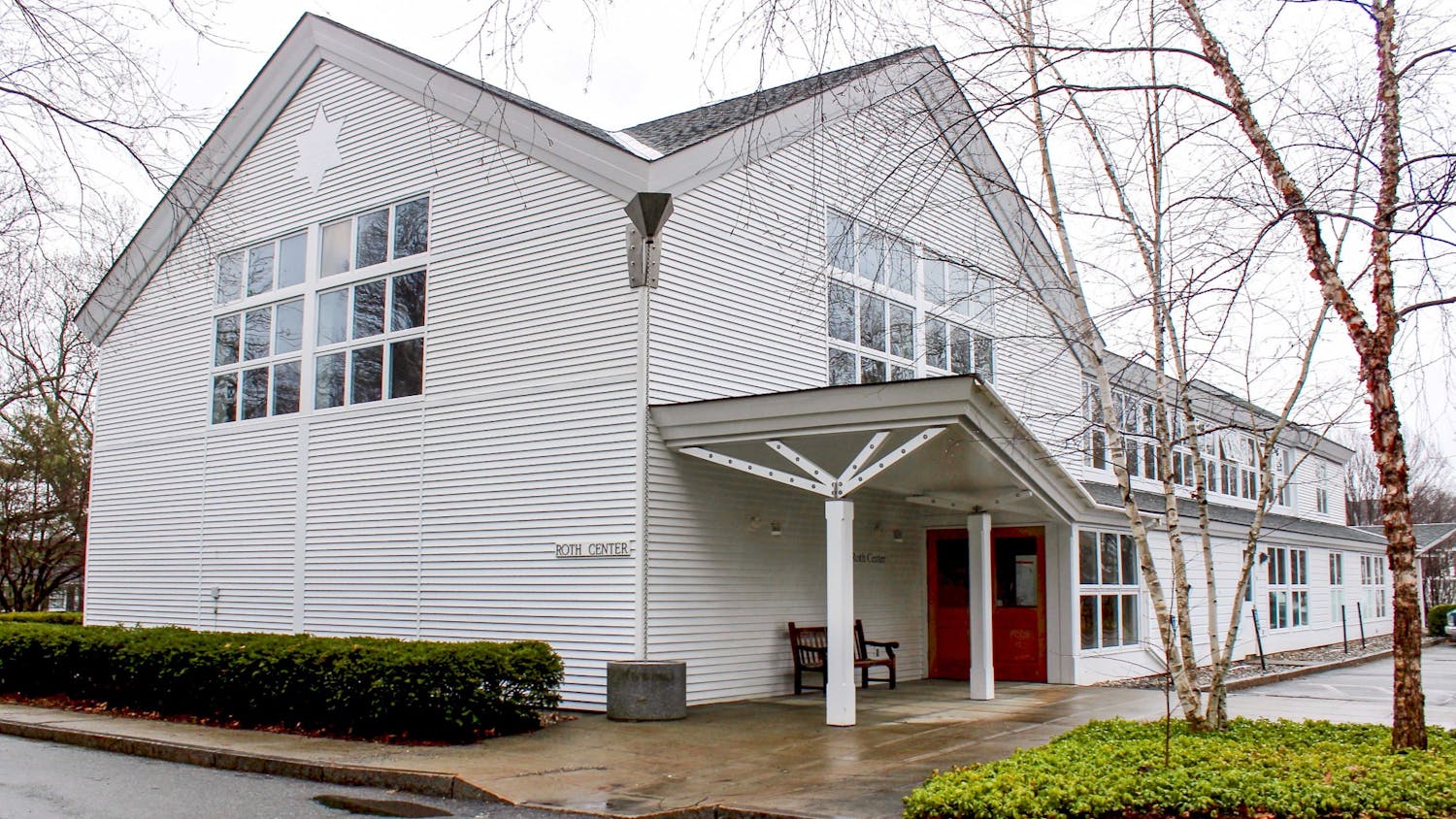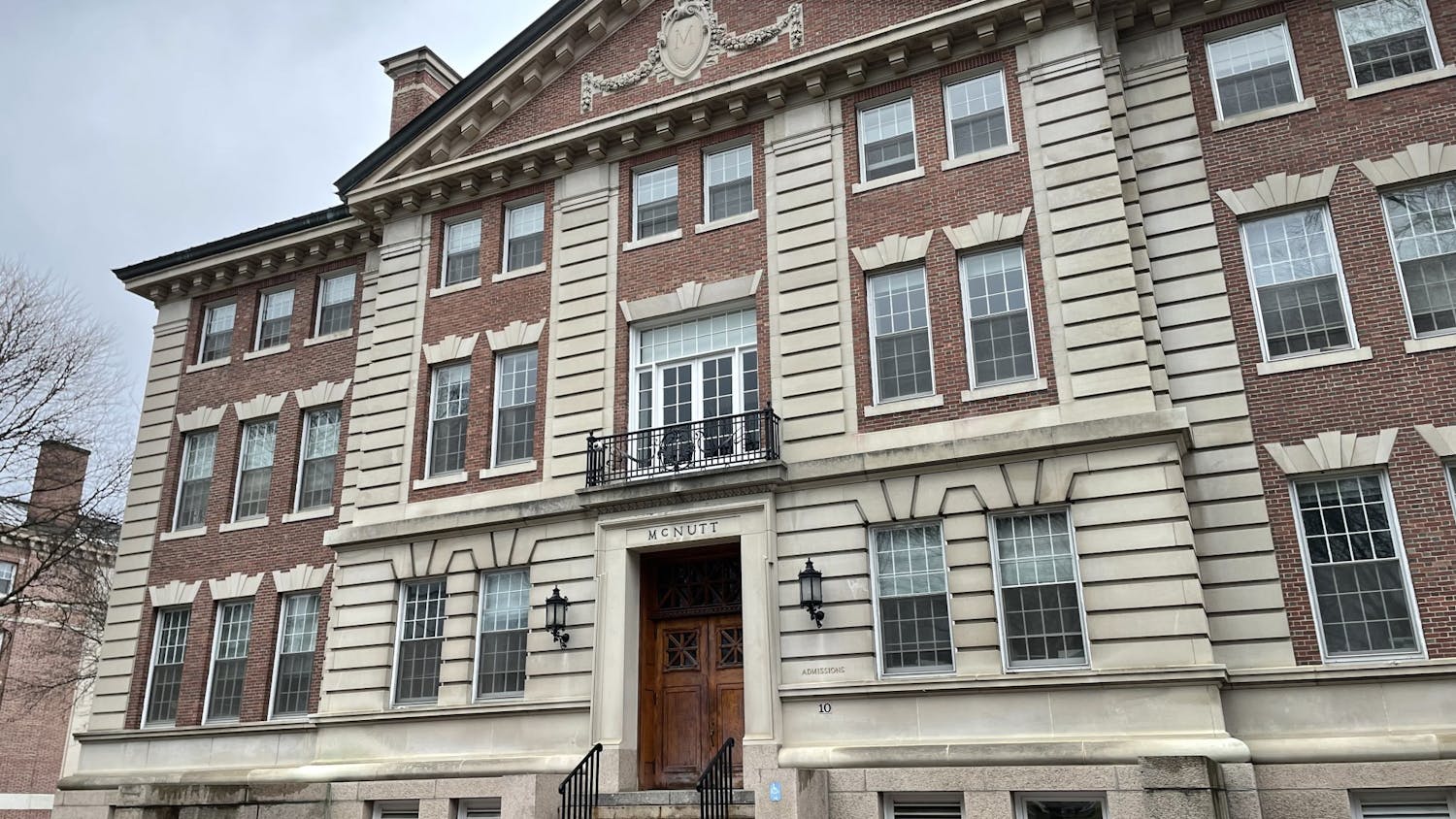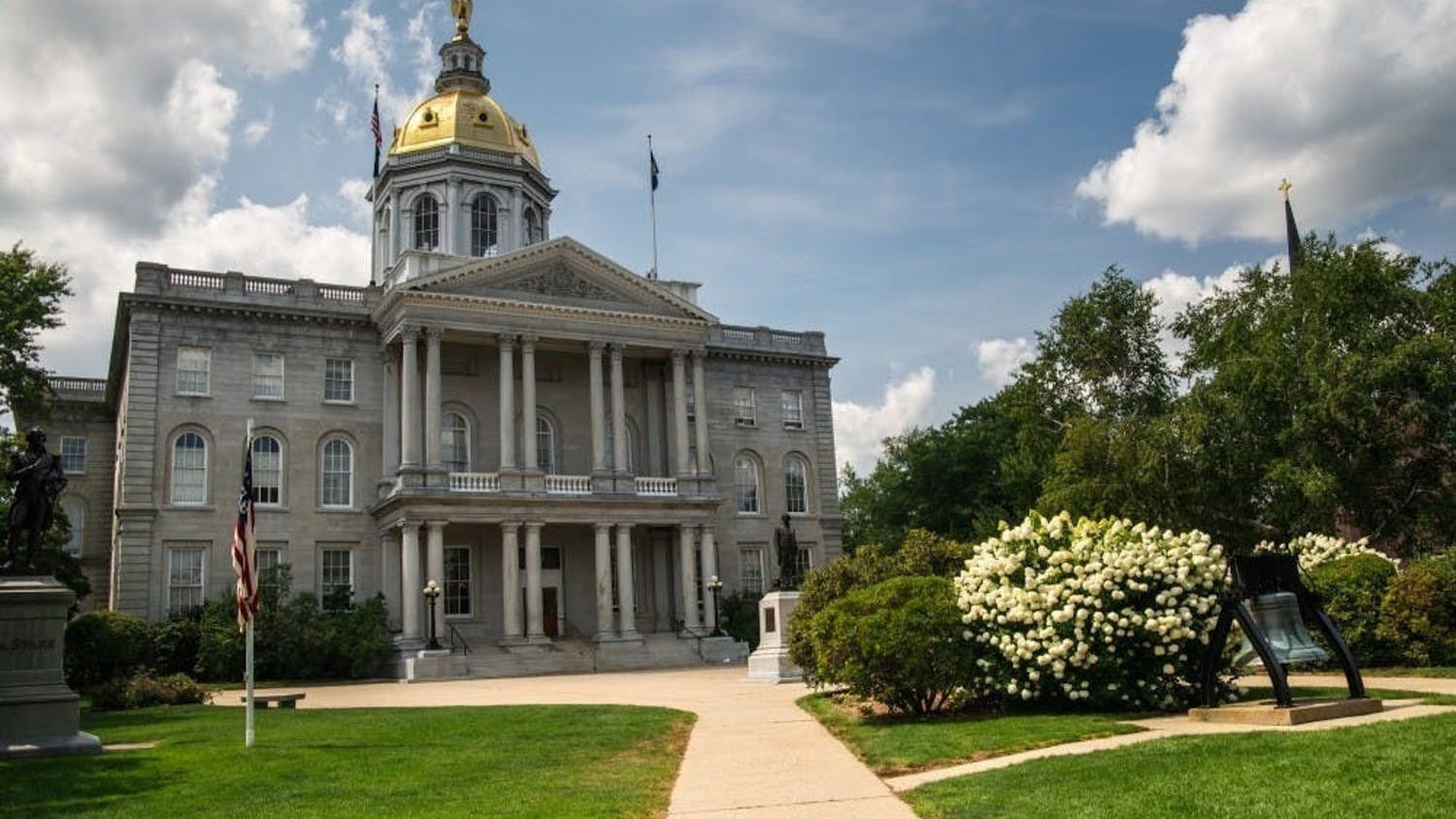The wealthiest American universities, Dartmouth among them, are set to increase their financial advantages compared to less wealthy schools, according to a recent report by Moody’s Investors Service.
Studying 503 public and private institutions, the report found the 40 wealthiest schools hold almost two-thirds of total wealth. Harvard University was the wealthiest in the study, with Stanford University, Yale University and the College also among the top 20 private schools, The Boston Globe reported in its coverage.
The Moody’s study cited diversified long-term investment tactics, philanthropic support and “healthy cash flows” as elements contributing to the financial success of wealthier schools. These colleges have also recovered quickly from the financial crisis, thanks to diverse investment and access to better performing managers, according to Moody’s.
College vice president of development Andrew Davidson said the history of each institution should also be considered when understanding the wealth inequality, noting the College’s age and alumni network as part of its financial success. The richest institutions on the list, such as Harvard, Princeton University and Dartmouth, he said, are some of the oldest schools in the country, allowing more time to develop long traditions of philanthropic gifts and endowment that younger schools cannot rival.
Davidson, who oversees the Dartmouth College Fund, said the fund focuses equally on satisfying both current and long-term needs with endowment and philanthropic gifts. The majority of the wealthiest universities in the study attract a much higher percentage of philanthropic support to institutions, increasing their wealth and allowing even more investment to support brand recognition which then provides additional gains, according to Moody’s.
Davidson cited that the College has existed for over 200 years, and the College must raise money with the presumption in mind that it will be around for another 200 years.
Explaining what enables the College to attract a great amount of funds consistently, Davidson said that alumni have developed a long tradition of staying connected to the College, which encourages individual alumni to give.
“Dartmouth has, in my opinion, some of the most extraordinary alumni in the world as to supporting the school philanthropically,” he said.
Economics professor William Fischel said that wealth inequality among higher education institutions reflects wealth inequality in society in general.
As birth rates have decreased, producing fewer high school graduates, there has been an impact on middle-ranking private colleges that struggle to compete with larger schools, Fischel said.
“A part of the consequence is that with American families having smaller numbers of children, sometimes one or two, they want them to go to good colleges,” he said. “The middle ranks, particularly the middle-rank private institutions that don’t have a lot of wealth, have a harder time.”
American Educational Research Association communications director Tony Pals said that this wealth polarization is not so severe that it heavily influences a high school graduate’s decision on which college to attend. Endowment size is not a significant factor that affects college applicants’ decisions, he said.
“There are a lot of intangibles that help determine ‘best-fit’ for any given student, and it can’t be reduced to any one number, especially endowment size,” Pals said.
Considering the diversity of college applicants’ needs, he added that smaller schools are fostering their competitiveness in the higher education institution market by setting a specific target student group that they want to focus on.
“Strategic reassessment is happening at colleges across the country, with institutional leaders identifying new revenue streams, reexamining expenditures and honing their market niche,” he said.
Strategizing has included attracting more students from out of the country or state, modifying what type of academic programs or majors are offered and tuition fees for some institutions, Pals said.
Representatives from Moody’s Investors Service were not available for comment by press time.



